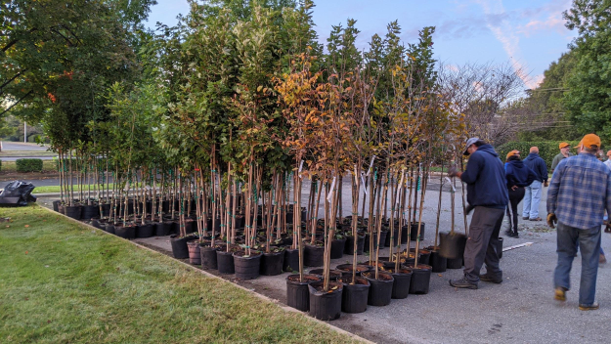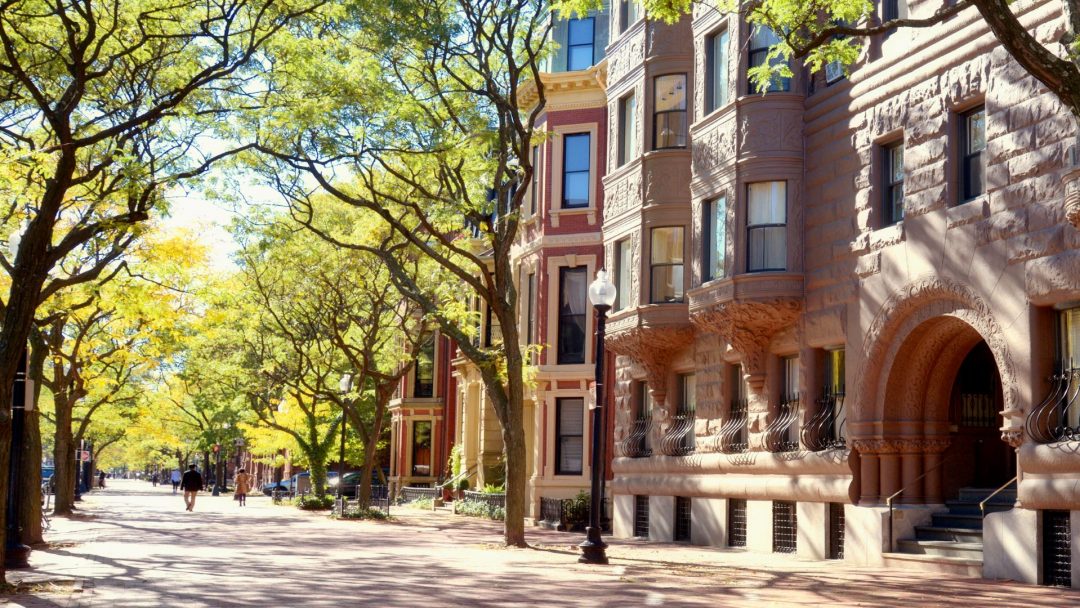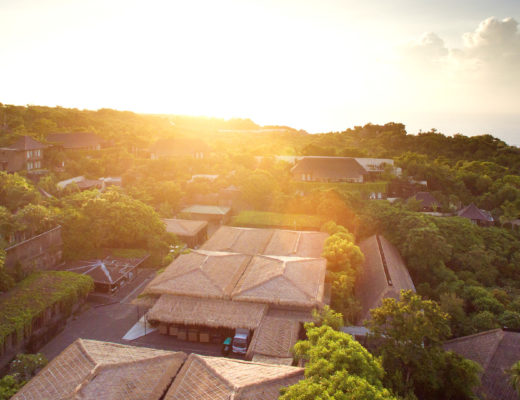Guest post by David Meshoulam, Executive Director, Speak for the Trees, an Alliance for Community Trees member.
How do community forestry nonprofits become rooted? As the Executive Director of a new nonprofit in Boston —Speak for the Trees — I was eager to find out. Thanks to a generous grant from the Arbor Day Foundation, I had the opportunity to visit Charlotte, North Carolina, and learn from the successes of TreesCharlotte, an urban forestry nonprofit founded in 2012.
As a relatively new nonprofit itself, the organization has seen immense growth over the past decade. I chose to visit a similarly-sized city to Boston (both are about 800,000 people) to better understand how the organization had succeeded and engaged across municipal and community levels to elevate the importance of the urban forest and engage residents in planting and caring for trees. The visit proved to be not only a wonderful learning experience, but also the serendipitous opportunities of further expanding my network in Boston.

I landed on a Thursday evening and on Friday morning had the opportunity to meet with two of the organization’s founders. (One of who connected me to the head of an important foundation in Boston — small world.) I spent the remainder of the day meeting staff at the organization and met the city arborist — who got his tree related career started in Boston. I got a ground-level view of how an organization coordinates events and prepares for a big day — Saturday was to be filled with not one but two planting events. The only person I was unable to meet was the organization’s first Executive Director, who happens to visit his daughter in Boston regularly.
Saturday morning started early, with a tree giveaway planned for 9 a.m., volunteers and staff showed up at 7 a.m. to prepare. Residents started lining up shortly thereafter, prepared with lawn chairs. The volunteers knew just what to do when the trees showed up, unloading trees without even needing staff oversight. I got to see the tempo of an event and how 300 trees found new homes in less than two hours. By noon, I was on to a second project, planting trees in a newly developed neighborhood. Volunteers and residents came to learn how to plant trees in public and private spaces. I engaged with a diverse group of locals — diverse in age, demographics, race, and experience with trees.

I took back with me two lessons. First, serendipity happens. The Boston connections I made have already paid off. You can never tell where or when important connections happen. Second, I saw the critical role of volunteers in making the events successful. Volunteers were passionate and well-trained and shared their expertise and love for trees with engaged residents from all parts of the city. With such a small staff, the volunteer network served as the backbone of the operations.
Thank you, Arbor Day Foundation and TreesCharlotte for all your support as we work to get rooted in Boston.



